Intro
Keloid scar removal is a topic of great interest for many individuals who have been affected by these unsightly and sometimes painful scars. Keloids are a type of raised scar that can occur after skin injury, and they can be particularly challenging to treat. In this article, we will delve into the world of keloid scar removal, exploring the various options available and the benefits and drawbacks of each.
Keloid scars can be a source of distress and self-consciousness for those who have them, and it's not uncommon for people to feel like they've tried everything to get rid of them. From topical creams to surgical procedures, there are many different approaches to keloid scar removal, and it's essential to understand the pros and cons of each before making a decision. Whether you're looking for a non-invasive solution or are willing to consider more invasive procedures, there are options available that can help you achieve the smooth, scar-free skin you desire.
The importance of keloid scar removal cannot be overstated. Not only can keloids be unsightly, but they can also be painful and itchy, making everyday activities uncomfortable. Furthermore, keloids can be a source of emotional distress, affecting a person's self-esteem and confidence. By exploring the various options available for keloid scar removal, individuals can take the first step towards regaining their confidence and enjoying the smooth, healthy skin they deserve.
Keloid Scar Removal Options
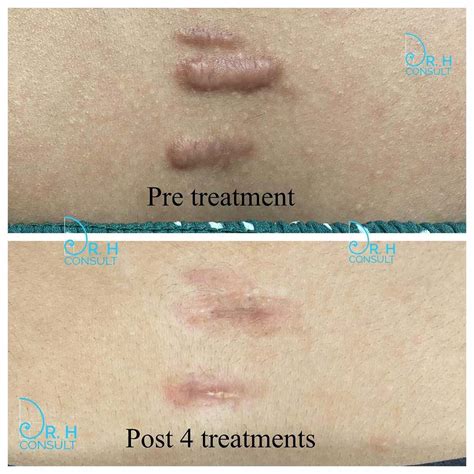
There are several options available for keloid scar removal, each with its own benefits and drawbacks. Some of the most common methods include topical creams and gels, steroid injections, silicone gel sheeting, and surgical excision. Topical creams and gels can be effective for small, superficial keloids, while steroid injections can help reduce inflammation and flatten the scar. Silicone gel sheeting is another popular option, which can help flatten and soften the scar tissue. Surgical excision, on the other hand, is typically reserved for larger, more severe keloids.
Topical Creams and Gels
Topical creams and gels are a popular choice for keloid scar removal, as they are non-invasive and relatively inexpensive. These creams and gels typically contain ingredients such as silicone, vitamin E, or retinoids, which can help reduce the appearance of the scar. Some topical creams and gels can be purchased over-the-counter, while others require a prescription from a doctor.Surgical Keloid Scar Removal
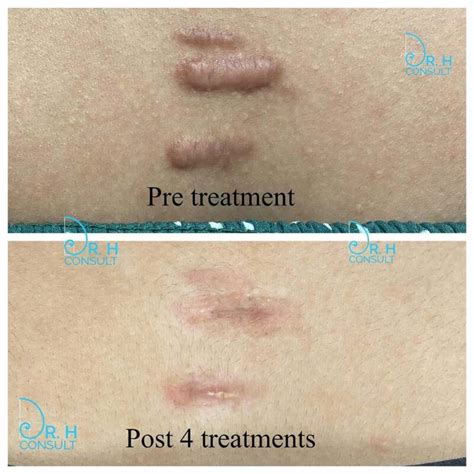
Surgical keloid scar removal is a more invasive option, typically reserved for larger, more severe keloids. This procedure involves surgically removing the keloid tissue and closing the wound with stitches or staples. Surgical excision can be effective, but it carries the risk of complications, such as infection, scarring, and recurrence of the keloid.
Laser Keloid Scar Removal
Laser keloid scar removal is another option, which uses high-energy light to target and reduce the appearance of the scar. This procedure can be effective for reducing the size and color of the keloid, but it may require multiple sessions and can be expensive.Natural Keloid Scar Removal Methods
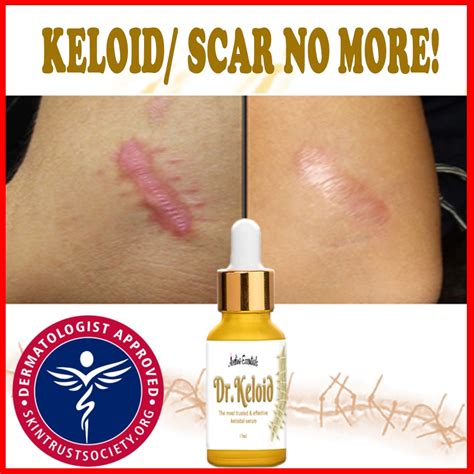
In addition to medical treatments, there are several natural keloid scar removal methods that can be effective. These include using tea tree oil, aloe vera, and vitamin E oil to reduce inflammation and promote healing. Massage therapy can also be beneficial, as it can help break up scar tissue and promote collagen production.
Diet and Lifestyle Changes
Diet and lifestyle changes can also play a role in keloid scar removal. Eating a balanced diet rich in vitamins and minerals, such as vitamin C and zinc, can help promote healing and reduce the appearance of the scar. Avoiding stress and getting plenty of sleep can also be beneficial, as stress and fatigue can exacerbate keloid formation.Keloid Scar Removal Cost
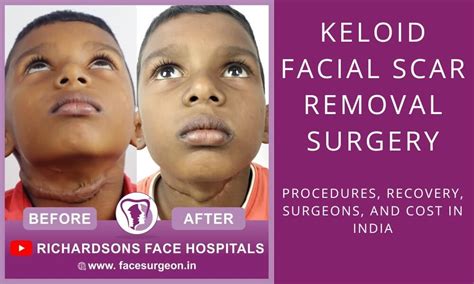
The cost of keloid scar removal can vary widely, depending on the method chosen and the severity of the scar. Topical creams and gels can be relatively inexpensive, while surgical excision and laser therapy can be more costly. Natural methods, such as using tea tree oil and aloe vera, can be very inexpensive, but may require more time and effort to achieve results.
Insurance Coverage
Insurance coverage for keloid scar removal can also be a factor to consider. Some insurance plans may cover certain treatments, such as surgical excision, while others may not. It's essential to check with your insurance provider to determine what is covered and what is not.Keloid Scar Removal Risks and Complications
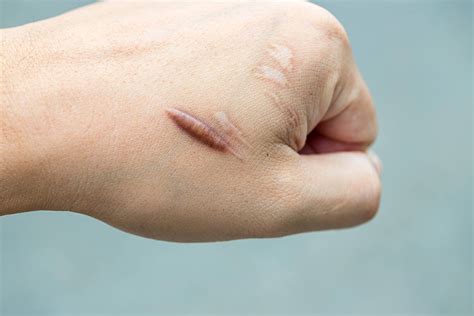
As with any medical treatment, there are risks and complications associated with keloid scar removal. These can include infection, scarring, and recurrence of the keloid. Surgical excision carries the risk of complications, such as bleeding, hematoma, and nerve damage. Laser therapy can also cause side effects, such as redness, swelling, and changes in skin pigmentation.
Preventing Keloid Scars
Preventing keloid scars is also an important consideration. This can be achieved by taking proper care of the skin after injury, using sunscreen and protective clothing to prevent further damage. Massage therapy and silicone gel sheeting can also be beneficial in preventing keloid formation.Keloid Scar Removal Success Stories
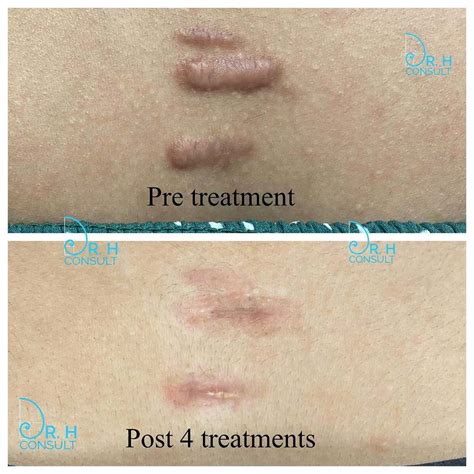
There are many success stories associated with keloid scar removal. Individuals who have undergone treatment have reported significant improvements in the appearance of their scars, as well as reductions in pain and discomfort. With the right treatment and a commitment to proper skin care, it's possible to achieve smooth, healthy skin and regain confidence.
Real-Life Examples
Real-life examples of keloid scar removal success stories can be found online, in forums and support groups. These stories can be inspiring and motivating, showing that it's possible to overcome keloid scars and achieve the skin you desire.What is the best method for keloid scar removal?
+The best method for keloid scar removal depends on the individual and the severity of the scar. Topical creams and gels, steroid injections, silicone gel sheeting, and surgical excision are all options to consider.
How long does keloid scar removal take?
+The length of time for keloid scar removal can vary, depending on the method chosen and the severity of the scar. Topical creams and gels can take several weeks to months to show results, while surgical excision can provide immediate results.
Is keloid scar removal painful?
+Keloid scar removal can be painful, depending on the method chosen. Surgical excision and laser therapy can cause discomfort and pain, while topical creams and gels are generally painless.
In conclusion, keloid scar removal is a complex topic with many different options available. By understanding the benefits and drawbacks of each method, individuals can make informed decisions about their treatment. Whether you're looking for a non-invasive solution or are willing to consider more invasive procedures, there are options available that can help you achieve the smooth, healthy skin you desire. We invite you to share your thoughts and experiences with keloid scar removal in the comments below, and to explore the many resources available online for further information and support.
